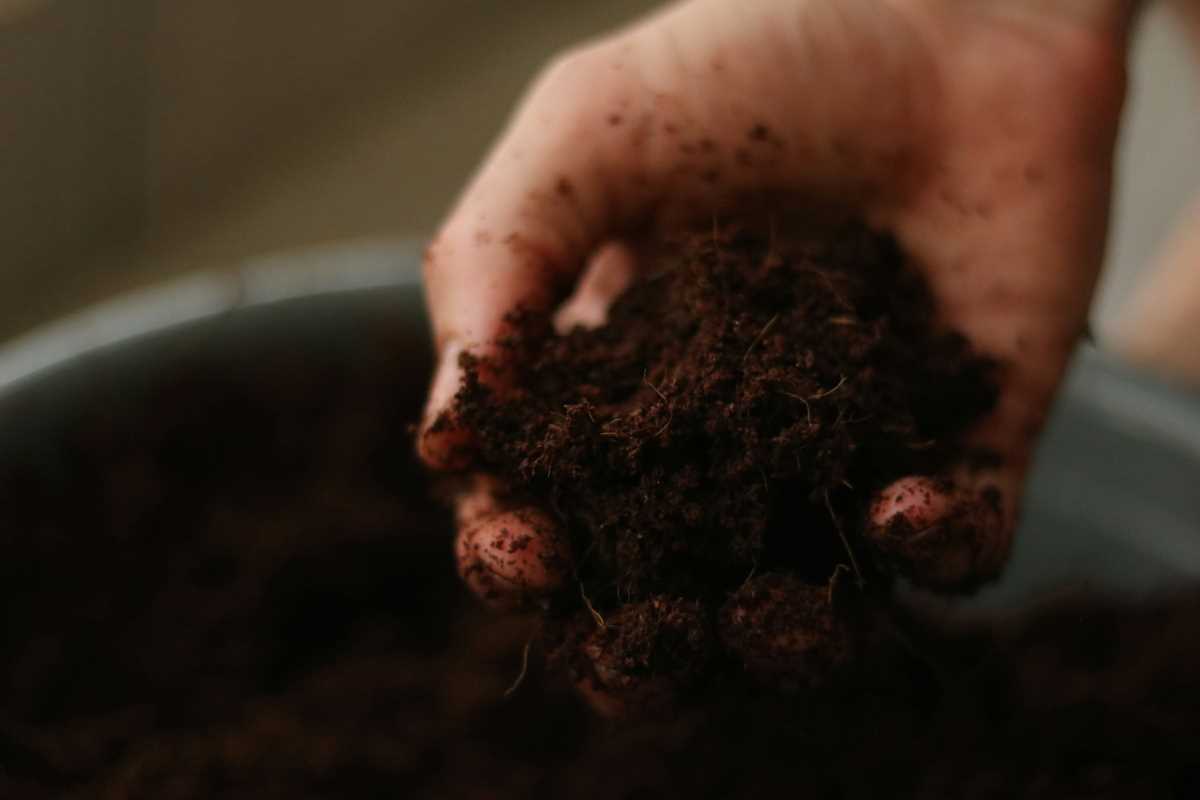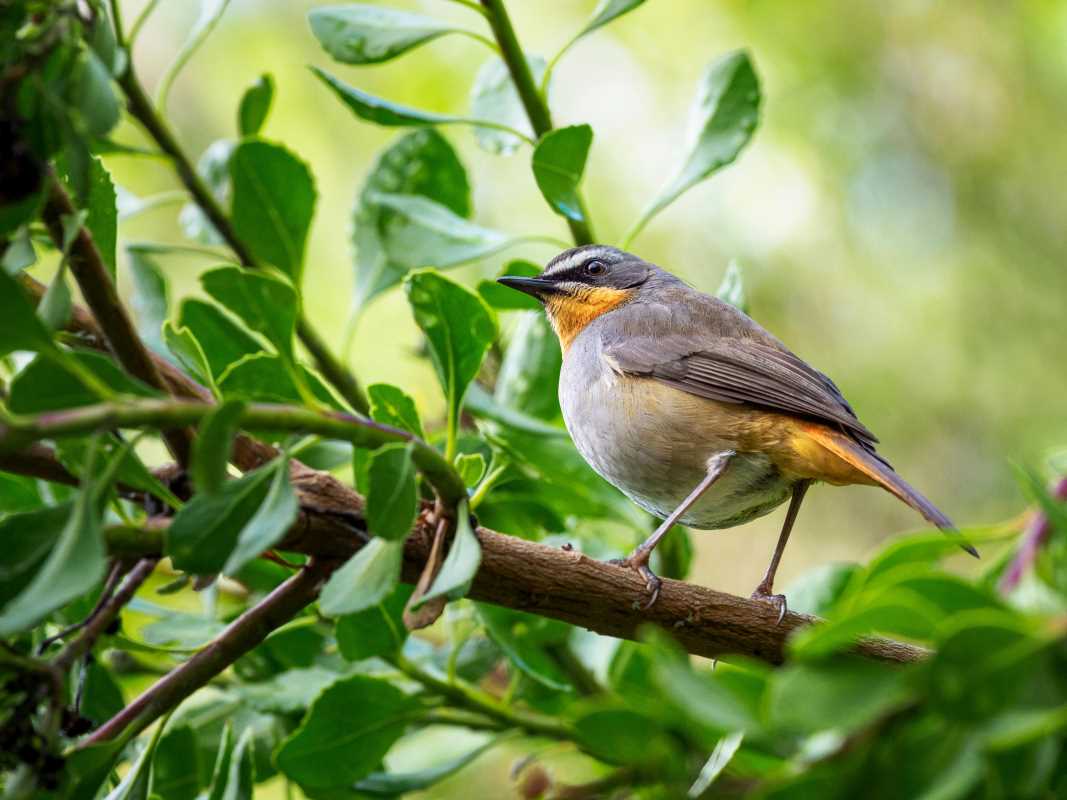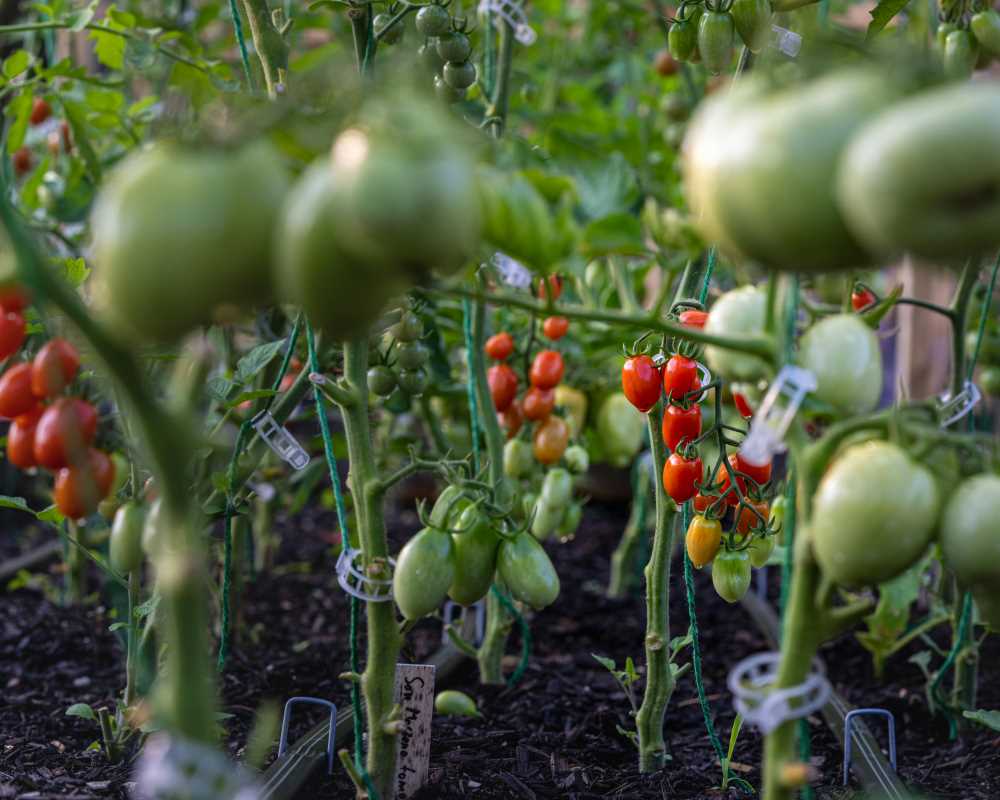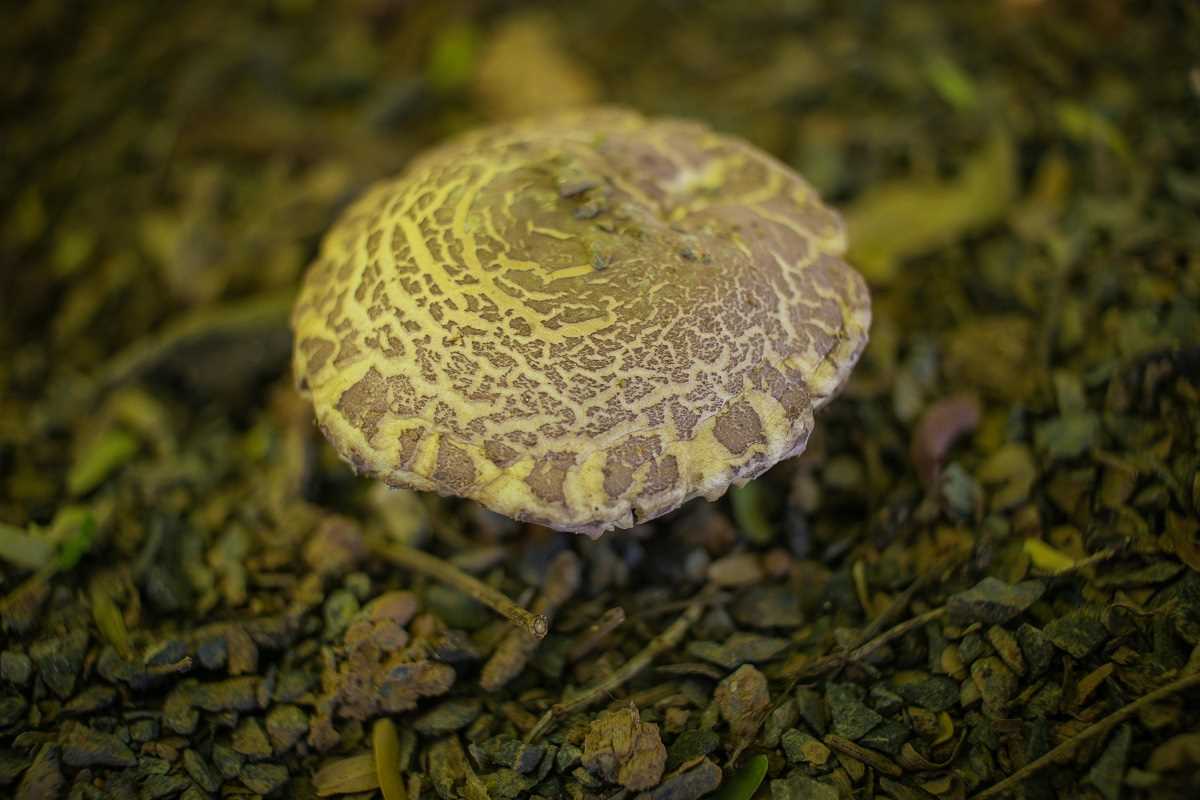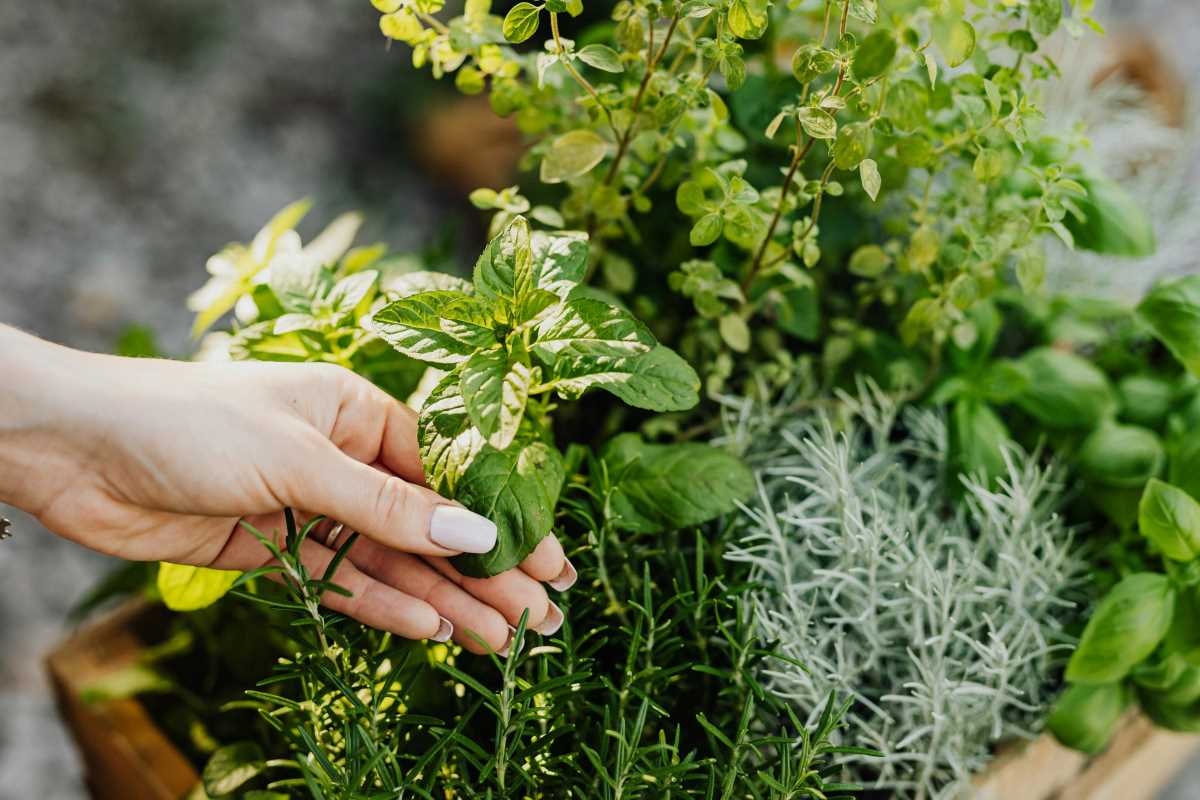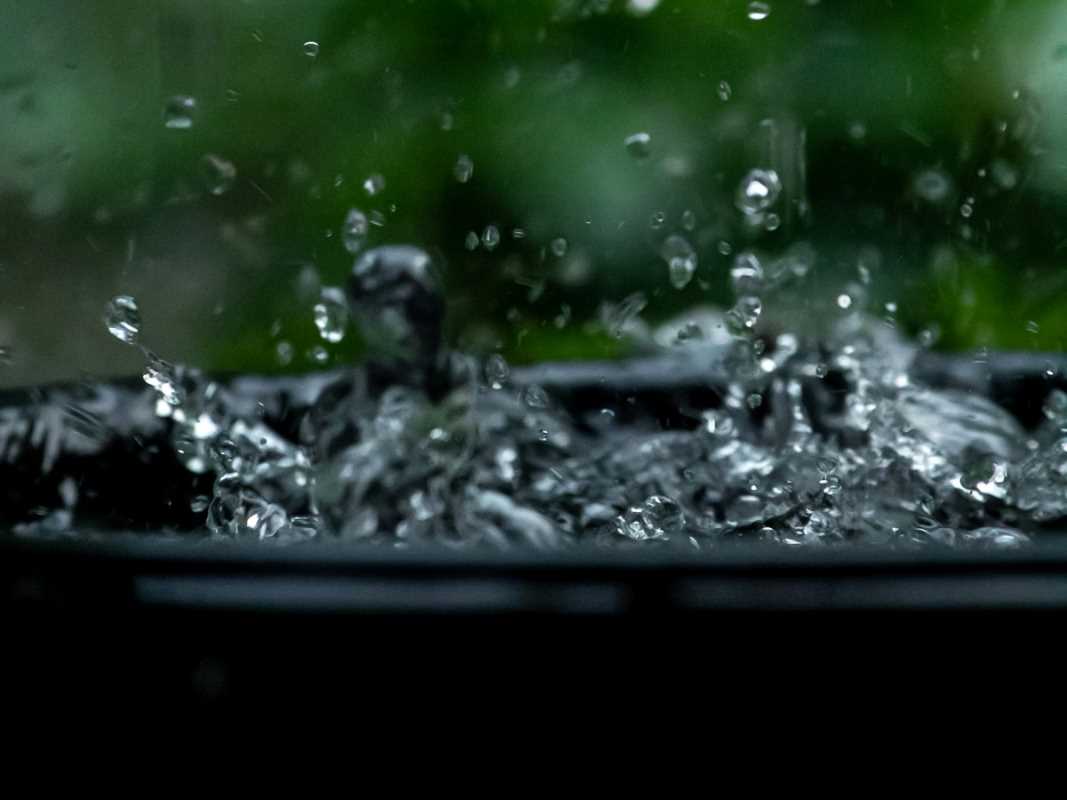A wildflower meadow is more than just a stunning display of color; it’s a haven for local wildlife and a vital resource for ecosystems. By planting a wildflower meadow, you’re creating a sustainable space that supports pollinators, birds, and countless other small creatures while benefiting the environment. Whether you have a sprawling backyard or a small patch of unused lawn, establishing a meadow can bring beauty and biodiversity to your space.
This guide will walk you through planning, planting, and maintaining a vibrant wildflower meadow that thrives year after year.
What Is a Wildflower Meadow and Why Does It Matter?
A wildflower meadow consists of native grasses and wildflowers that provide food, shelter, and nesting spaces for local wildlife. Unlike traditional manicured lawns, wildflower meadows are low-maintenance, water-efficient, and chemical-free. They help sustain bees, butterflies, and other pollinators, which in turn support food crops and native plants.
Benefits of a Wildflower Meadow:
- Supports Biodiversity: Meadows create habitat for pollinators, birds, and small mammals.
- Reduces Carbon Footprint: Less mowing, watering, and fertilizing means fewer emissions.
- Improves Soil Health: Deep-rooted wildflowers prevent erosion, retain water, and enrich the soil.
- Low Maintenance: Once established, meadows require minimal care compared to traditional lawns.
By creating a wildflower meadow, you’re not just adding beauty to your garden; you’re making a positive impact on the planet.
Step 1. Plan Your Meadow
Starting a wildflower meadow requires some thoughtful planning. The better prepared you are, the more likely your meadow will thrive.
Assess Your Space
- Location: Meadows thrive in sunny spots. Choose an area that gets at least 6–8 hours of sunlight daily.
- Size: A meadow can be as small as a few square feet or as large as an acre. Even a small patch can make a big difference for local wildlife.
- Existing Vegetation: If the area has thick grass or weeds, those will need to be removed before planting.
Identify Native Wildflowers
Native plants are adapted to your local climate and soil, making them more resilient and beneficial to local ecosystems. Research which wildflowers and native grasses flourish in your region.
Some suggestions include:
- Spring bloomers: Bluebells, California poppies, or lupines.
- Summer bloomers: Coneflowers, black-eyed Susans, or bee balm.
- Fall bloomers: Goldenrod, asters, and yarrow.
Incorporate Variety
Create a diverse mix of plants with different bloom times, colors, and heights. This ensures your meadow provides year-round resources to pollinators and remains visually interesting throughout the season.
Step 2. Prepare the Soil
Preparing your soil is key to giving your meadow the best possible start. This step may take some effort, but it’s essential for long-term success.
Clear the Area
- Remove existing grass and weeds by digging them out or using a sod cutter. Alternatively, smother the area by covering it with cardboard or black plastic for 6-8 weeks.
- For smaller areas, you can remove grass and plants by hand.
Test the Soil
Wildflowers thrive in nutrient-poor soil. Test your soil, and avoid adding fertilizers, as overly rich soil can encourage aggressive weeds or grasses that outcompete wildflowers.
Rake and Prepare the Surface
Loosen the top few inches of soil and rake the area smooth. This helps seeds make good contact with the soil, increasing germination rates.
Step 3. Plant Your Wildflower Meadow
Once your soil is ready, it’s time to sow those seeds!
Choose the Right Seed Mix
Purchase wildflower seed mixes labeled for your region and specific conditions (e.g., full sun, partial shade, or dry soil). These specially curated mixes contain a balanced ratio of flowers and grasses.
How to Sow Seeds
- Mix Seeds with Sand: Combine your seeds with twice their volume in dry sand. This makes it easier to spread them evenly.
- Hand or Broadcast Seed: Scatter the seeds evenly across your prepared area. This can be done by hand or using a seed spreader for larger plots.
- Press Seeds Into the Soil: Lightly walk over the area or use a roller to press the seeds into the soil. Avoid covering them with more soil, as many wildflowers need light to germinate.
Step 4. Water and Wait
Seeds need consistent moisture to germinate, especially during their first weeks.
- Water Gently: Mist the area daily until seedlings emerge (usually 1–3 weeks). Avoid overwatering, as standing water can wash seeds away.
- Be Patient: It may take one to two seasons for your meadow to reach full bloom, as many perennial wildflowers focus on root growth during their first year.
Step 5. Maintain Your Wildflower Meadow
Though wildflower meadows are low-maintenance, they still need some care to keep them healthy and thriving.
First-Year Maintenance
- Weeding: Hand-pull any invasive weeds that can outcompete your wildflowers.
- Mowing: If grasses dominate, mow your meadow down to about 4–6 inches tall during the first year. This encourages wildflowers to establish their roots.
Ongoing Care
- Annual Mowing: Once or twice a year, mow your meadow to a height of 4–8 inches. Do this in late fall or early spring to allow wildlife to benefit from shelter in spent plants.
- Leave Dead Plants: Allow seed heads from flowers like coneflowers and sunflowers to remain in place. These serve as food for birds during winter.
- Spot-Planting: Fill any bare patches with additional wildflower seeds as needed.
Tips for Ensuring Biodiversity
To create a truly beneficial habitat, consider these additional strategies to attract more wildlife.
Create Habitat Features
- Add Log Piles or Rocks: These provide shelter for insects, amphibians, and reptiles.
- Include Water Sources: A shallow dish with pebbles or a small pond can help birds and bees hydrate safely.
Skip Chemicals
Avoid herbicides or pesticides. Even organic treatments can harm pollinators, so choose natural methods for pest control if needed.
Promote Year-Round Blooms
Increasing floral variety ensures there are nectar sources in every season. Late-blooming wildflowers like asters or goldenrod ensure your garden continues to benefit pollinators into late autumn.
There’s something magical about stepping into a wildflower meadow. It’s alive with buzzing bees, fluttering butterflies, and the cheerful songs of birds. By creating this habitat, you’re enhancing your outdoor space and contributing to a healthier environment.
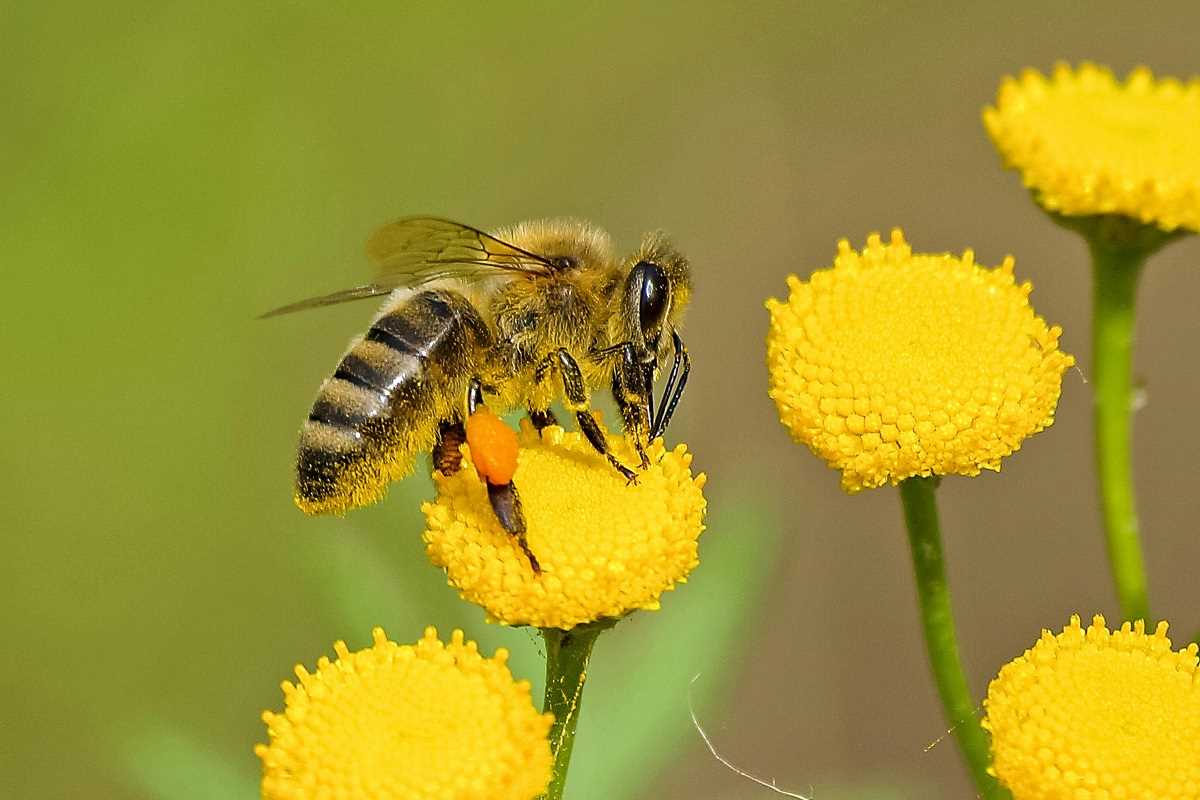 (Image via
(Image via